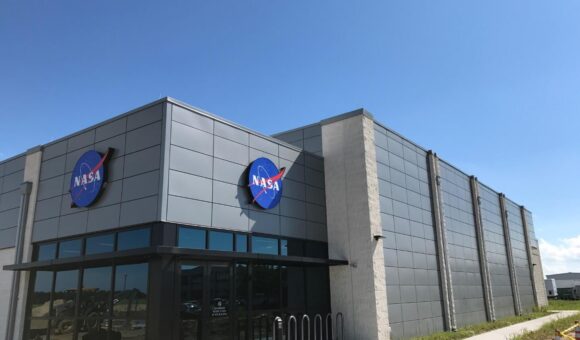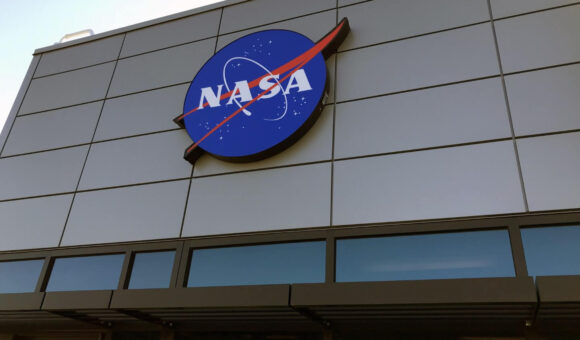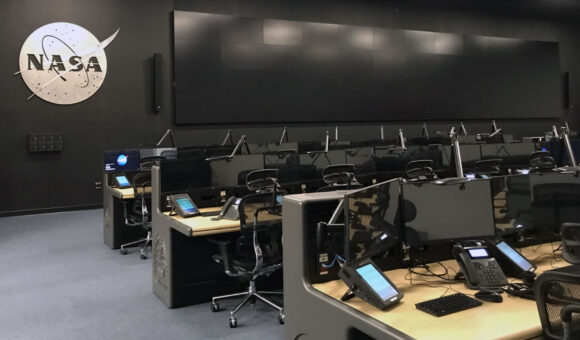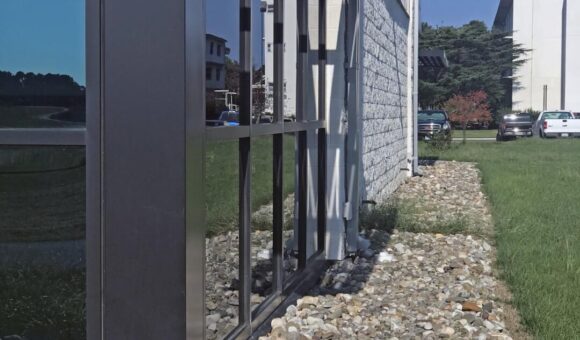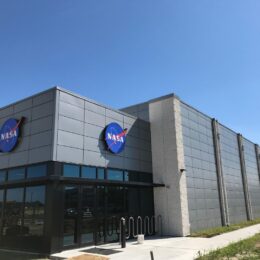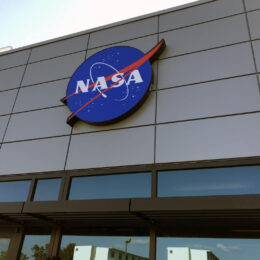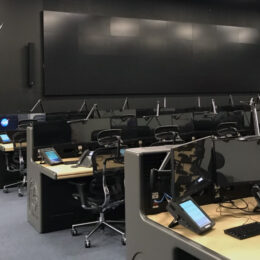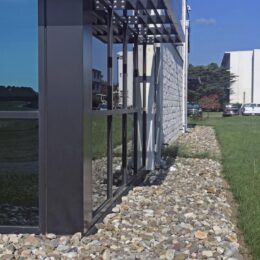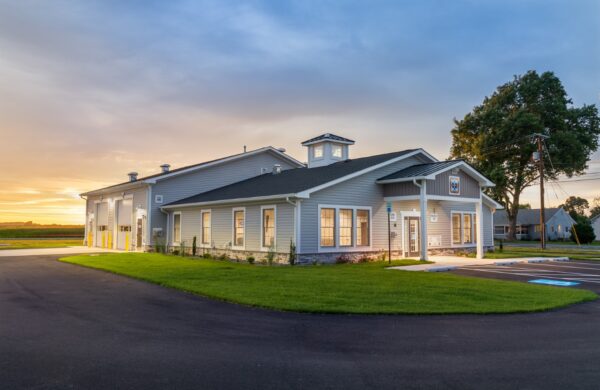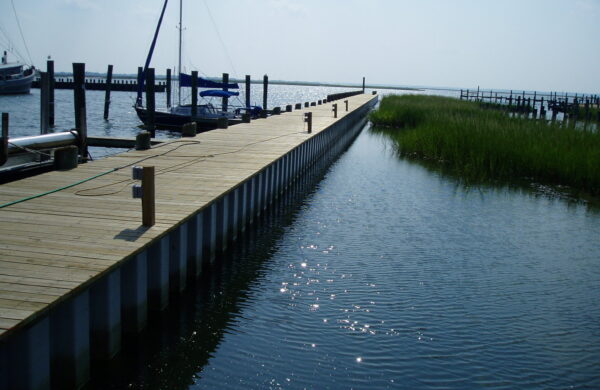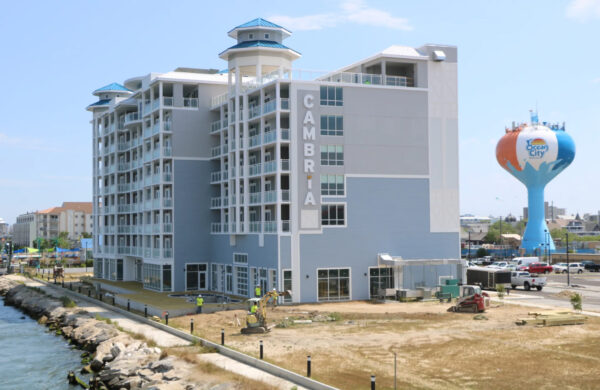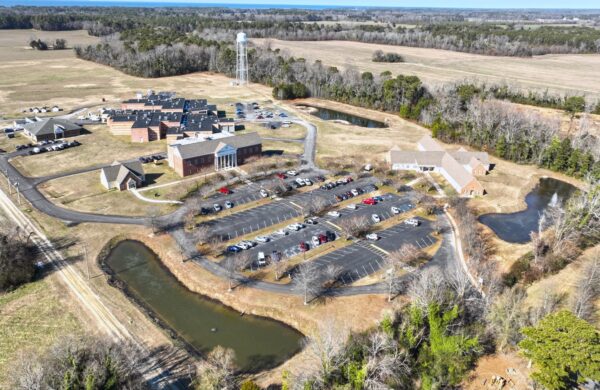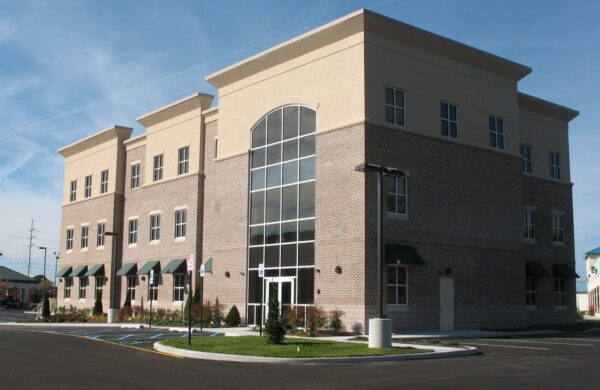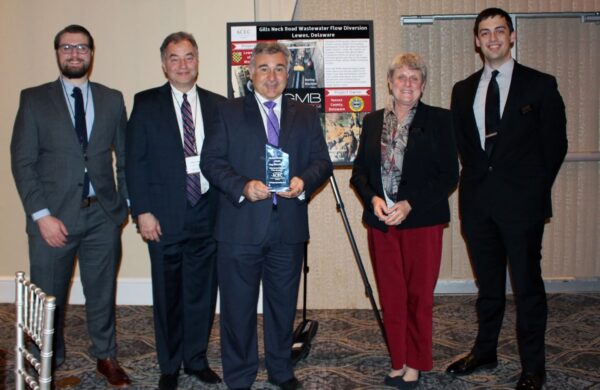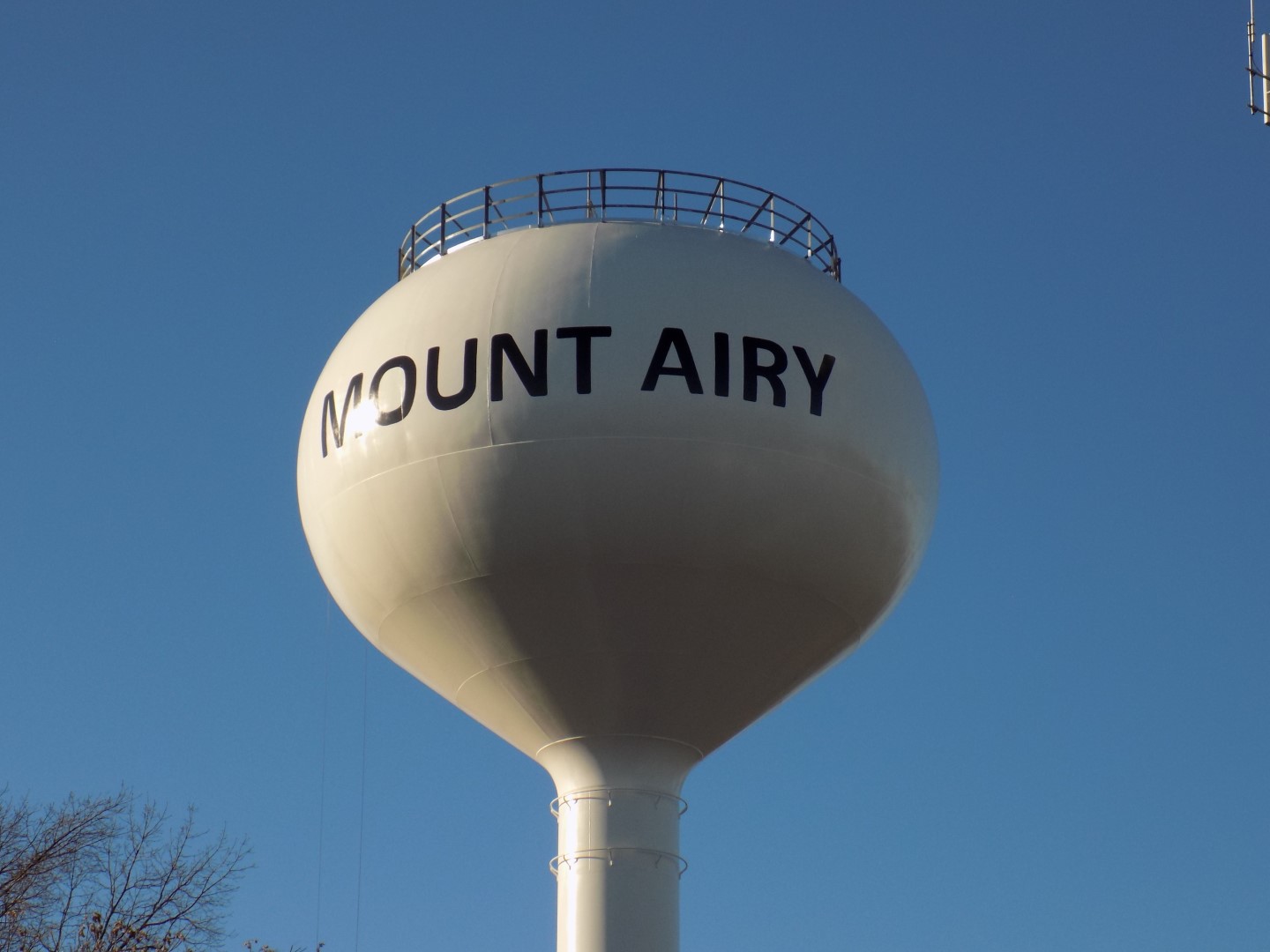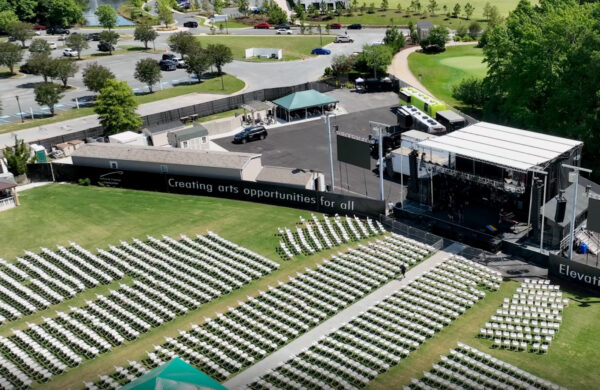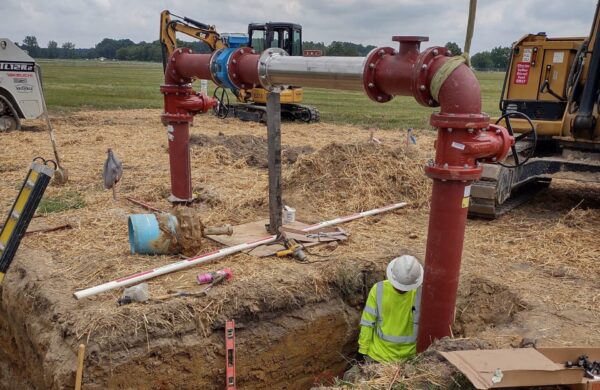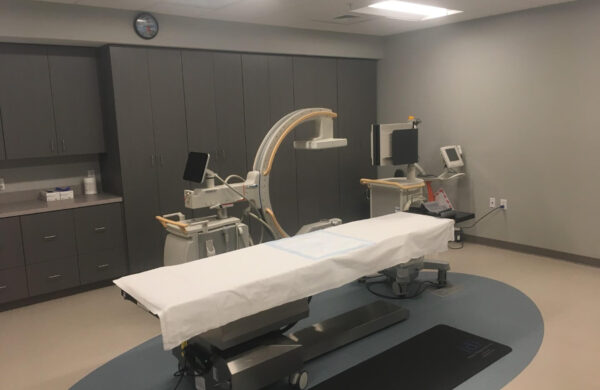Mission Operations Control Center
Location Wallops Island, VA
Client LJT & Associates, Inc.
Date of Completion 2018
Services #Architecture #Civil / Site Engineering #Structural Engineering
Sectors #Aerospace & Aviation #Industrial
GMB was selected by LJT & Associates, INC to design and construct a Mission Operations Control Center (MOCC) for NASA’s Wallops Island Flight Facility. The primary functions of the building are support of the mission launch control for Launchpad A, Launchpad B and launch control for the Sounding Rockets Program Office (SRPO).
This one story 14,000 square foot command center consists of a steel frame with Concrete Masonry Unit (CMU) construction. The Center has a modified bitumen roof, glass and metal storefront and metal panel curtain wall systems, along with HVAC and electrical systems. The command center houses two Launch Command Centers (LCCs) and one Mission Command Center (MCC), each having its own conference room and data/communication room with a complete access floor system. The MOCC design also includes an accessible and HVAC conditioned raised floor for all data wiring to be below the floor and each center has its own associated secure data rooms in addition to administrative areas, general mechanical spaces, restrooms with showers, kitchen and a break area for the building occupants and guests. Due to the building’s proximity to the runway, a sound isolation system and lightening control system was incorporated into the design. The project also required miscellaneous site work including asphalt and concrete porous paving and, construction of storm water structures, extension of a communications and electrical duct bank, connection to existing water, electric and sanitary systems. Lastly, the project required interior architectural finishes and enhanced commissioning of the facility before Government acceptance.
The MOCC conveys a sense of unity and connectivity with the adjacent buildings and with the NASA flight facility as a whole. This project achieved LEED Silver certification for new construction and is among the first LEED certified projects for Wallops Island Flight Facility. The design is also flexible and adaptable to possible future NASA uses.

